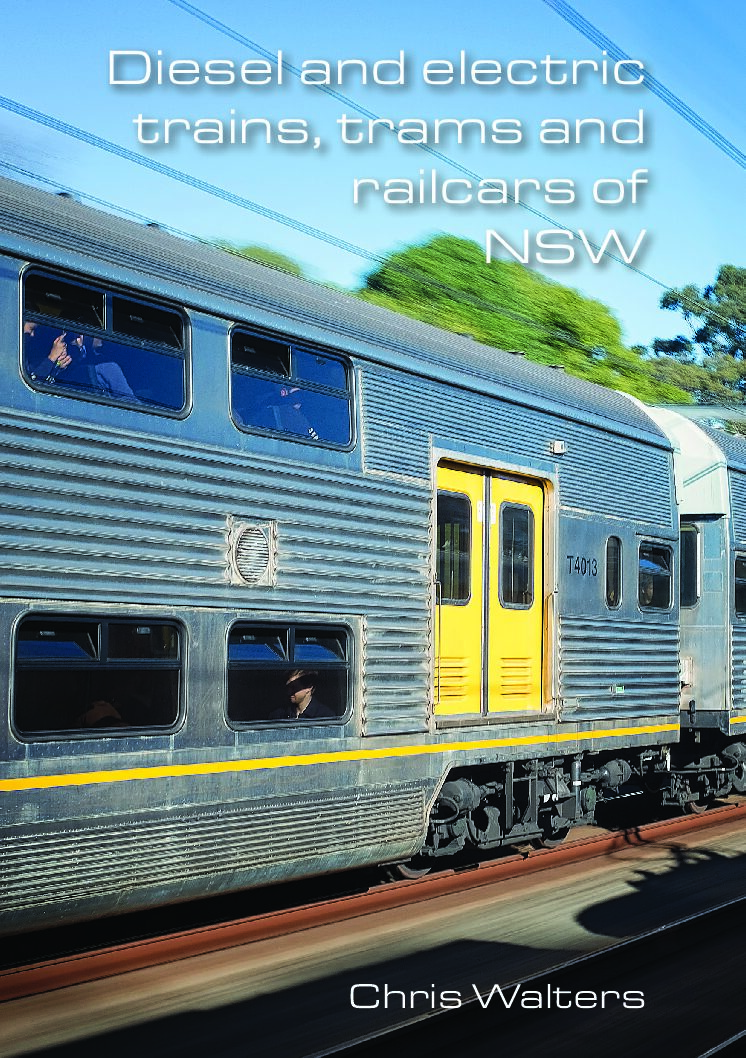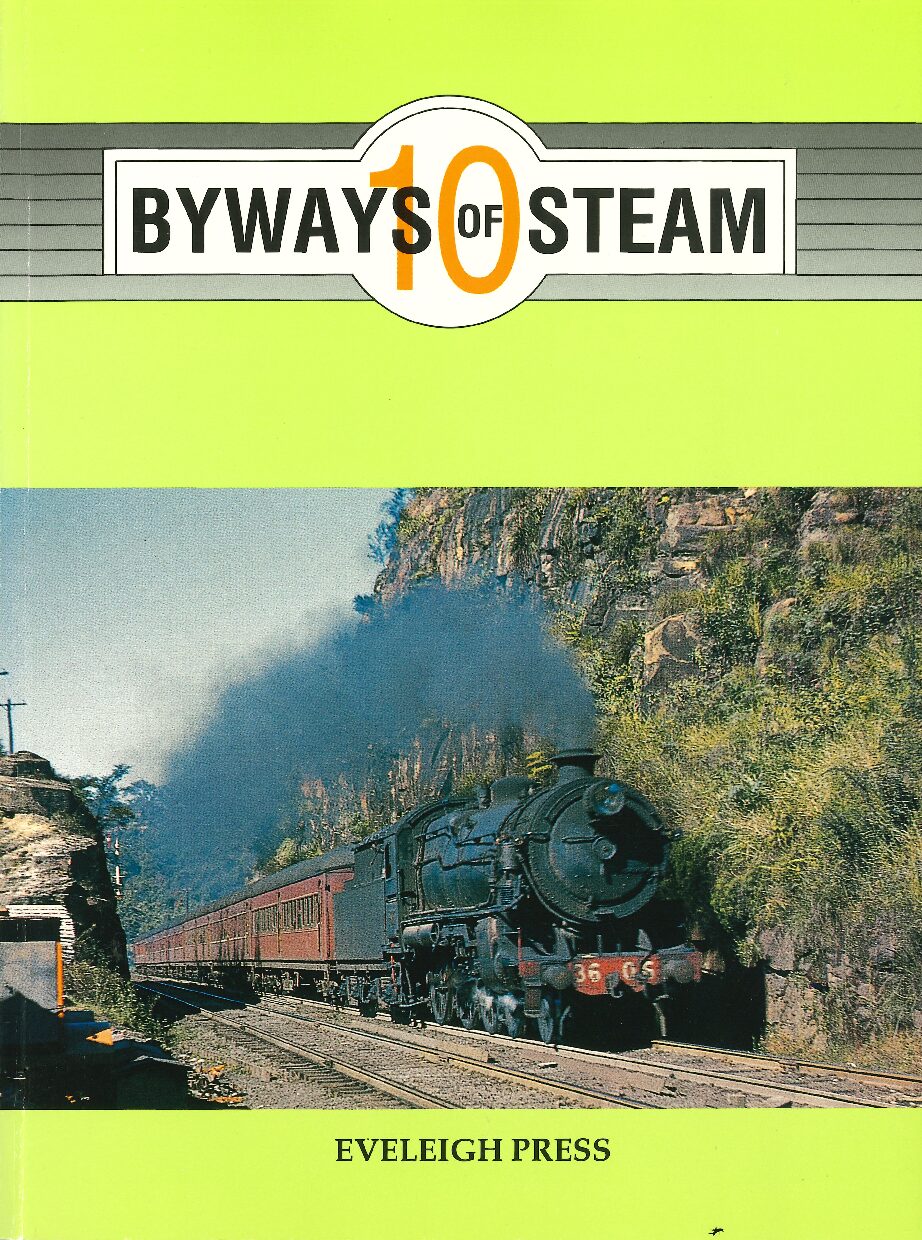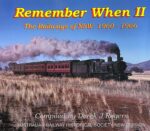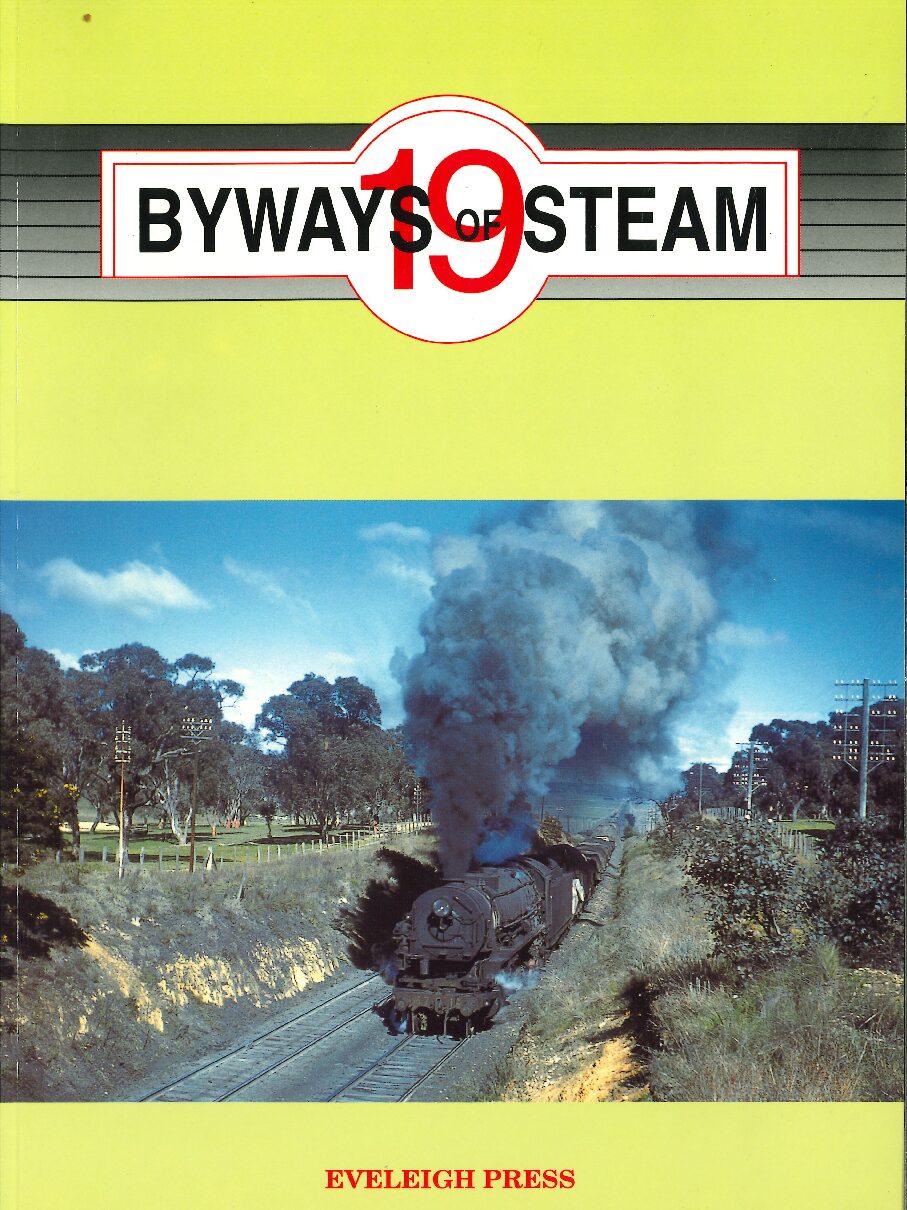Description
Discover the story of NSW’s passenger trains and trams!
Step into the world of diesel and electric trains in NSW with Chris Walters’ beautifully illustrated guide. Diesel and Electric Trains, Trams and Railcars of NSW celebrates the history and evolution of passenger trains, trams, and railcars across New South Wales. The book traces their story from early designs to today’s modern fleet, showing how these vehicles shaped travel across the state.
New South Wales has achieved many firsts in Australian rail history. The Waratah A Sets were the largest passenger train order in the country. The Tulloch-built S10 became the world’s first full double-deck electric multiple unit. The XPTs once held Australia’s rail speed record and remain some of the most intensively used trains in service. Sydney’s tram network was also once the second largest in the Commonwealth, just behind London’s. Together, these achievements highlight the lasting influence of NSW rail innovation.
A clear and complete reference
Walters has arranged the book into three easy sections—diesel, electric, and tram or railcar stock. This structure helps readers follow each generation of trains as they developed and changed. Each group includes a short essay, technical tables, and notes on where the vehicles are today.
The author also reveals how surprisingly few NSW train types have disappeared entirely. In fact, most still survive in preservation or service. Even a few steam trams appear here. Leaving them out, Walters explains, would be like hiding a missing slice of wedding cake—impossible not to notice.
Beautifully illustrated and expertly researched
The book features colour photos by the author and rare images from the Australian Railway Historical Society (NSW Division) archives. As a result, it offers both visual appeal and historical depth. Walters also consulted many railway experts, ensuring accuracy and balance throughout.
This title is ideal for rail enthusiasts, industry professionals, historians, and modellers. It provides reliable detail, historical context, and fascinating insight into the state’s diesel and electric trains, trams, and railcars.







